- Home
- entertainment
- news
- 15 photos that show why 'Guillermo del Toro's Pinocchio' is one of the most lifelike stop-motion movies ever animated
15 photos that show why 'Guillermo del Toro's Pinocchio' is one of the most lifelike stop-motion movies ever animated
Eve Crosbie,Meredith Geaghan-Breiner

- "Guillermo del Toro's Pinocchio" is available to stream on Netflix.
- The Oscar-nominated film was made using stop-motion alongside some groundbreaking new techniques.
"Guillermo del Toro's Pinocchio" is a stunning new take on the famous Italian children's story of the same name, made using the timeless tradition of stop-motion animation.
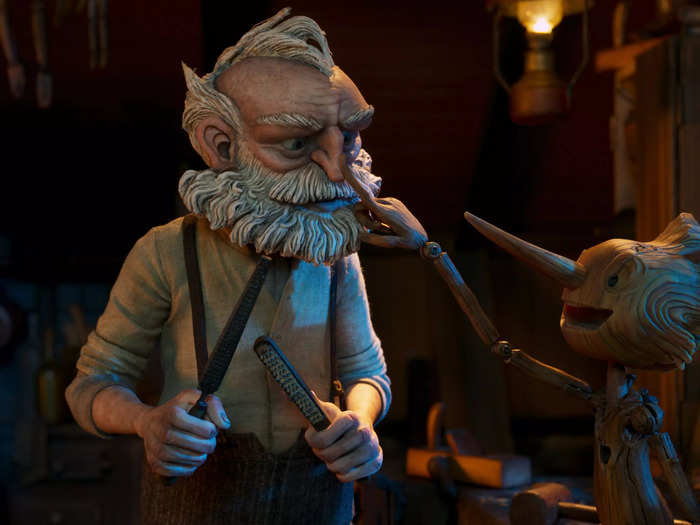
Geppetto (voiced by David Bradley) and Pinocchio (voiced by Gregory Mann) in "Pinocchio." Netflix
Many of the puppets in "Pinocchio" almost don't look like puppets at all. They are mechanical puppets, and the animators are able to give them nuanced, complex facial expressions.
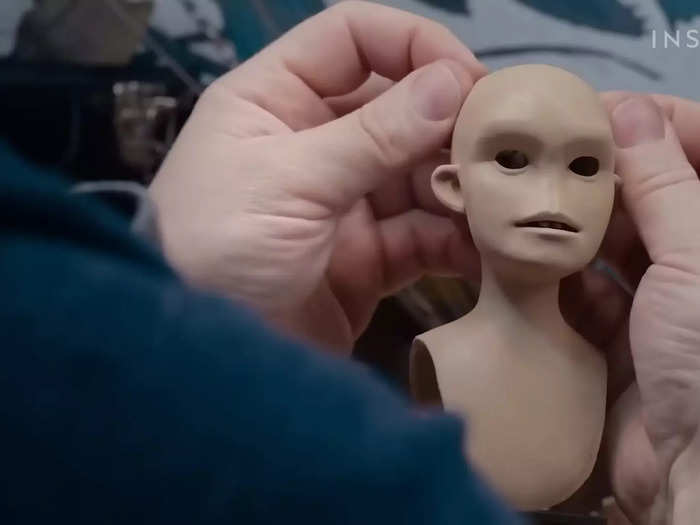
One of the mechanical puppets used in “Guillermo del Toro's Pinocchio.” Movies Insider/YouTube
Their faces are controlled by tiny gears that lie just below the surface of their silicone skin. As animation supervisor Brian Leif Hansen explained, this allows the animators to create an "endless amount of movement."
The faces of most puppets in the film were controlled by a complex system of mechanical gears. Movies Insider/YouTube
This is a massive upgrade from older stop-motion films such as "Corpse Bride" (2005) and "Isle of Dogs" (2018) which used a method where every new expression required swapping out the puppet's head.
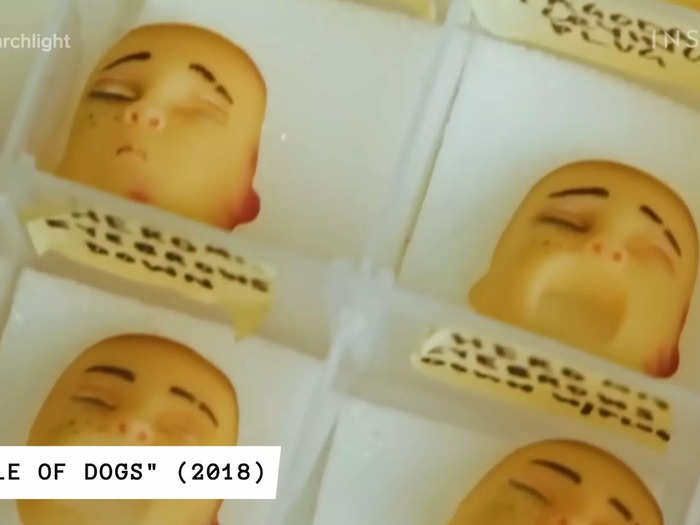
Wes Anderson's "Isle of Dogs" (2018) employed the replacement method, and each character had many different heads. Movies Insider/YouTube
One of the only exceptions to this was Pinocchio, who was instead designed in the older style with over 3,000 replacement heads. This was partly to make him look believably like he's made out of wood.
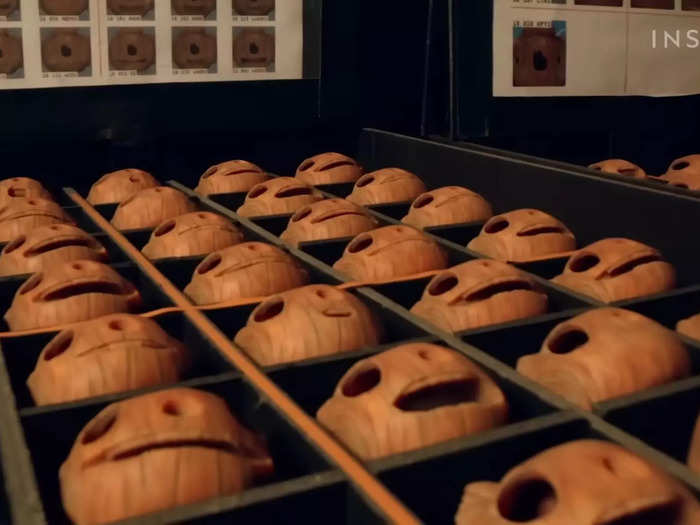
By making Pinocchio a replacement head puppet, the animators set up a contrast between him and the human characters. Movies Insider/YouTube
To create Pinocchio's spindly but durable form, the team used another innovative technique: 3D printing. This allowed them to ensure that every grain on his wooden surface was identical in every version of him they created.

The animators chose to 3D print Pinocchio's body using a metal material rather than resin. Movies Insider/YouTube
And for the purposes of scaling each scene correctly, they had a lot of different versions of Pinocchio. Some were minuscule while others were larger than life.
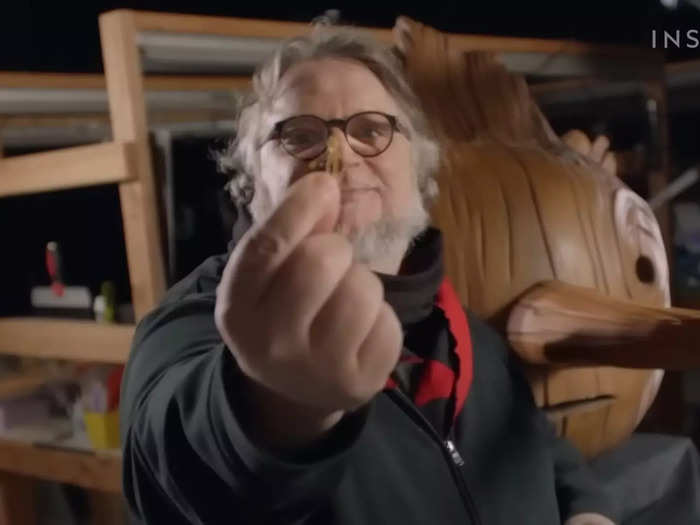
The team varied the size of the puppets according to the demands of each scene. Movies Insider/YouTube
In some cases, like the character of Spazzatura, they blended the mechanical and replacement techniques. While the monkey's eyes and brows were mechanical, his mouth was switched out depending on which expression the animators wanted him to have.
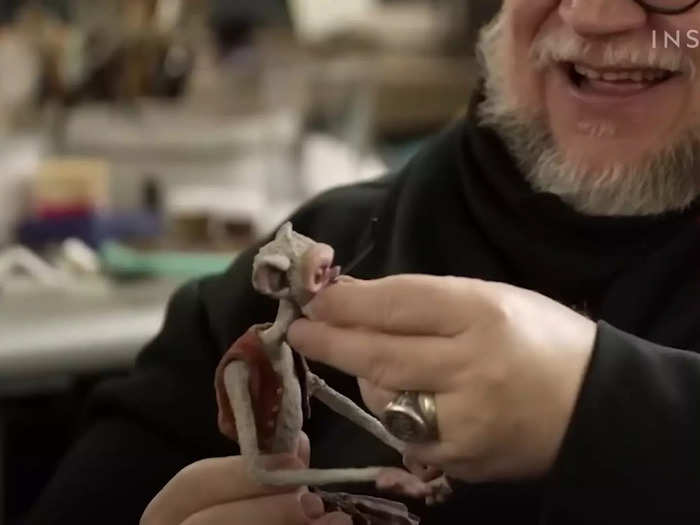
The animators customized each puppet's mechanics to express its unique character design. Movies Insider/YouTube
They took a similar approach to Sebastian J. Cricket, who was mostly mechanical except for his eyes. Puppet fabrication supervisor Georgina Hayns says that 3D printing his bulbous, expressive eyes made more sense.
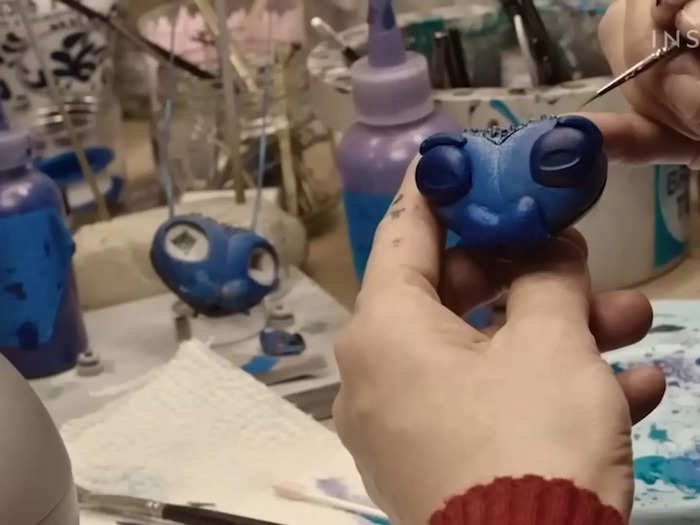
Sebastian J. Cricket was a combination of the old and new stop-motion techniques. Movies Insider/YouTube
The team was not afraid to go back to basics when it suited the character design. For the dogfish, they didn't want to weigh it down with silicone so instead used foam latex, which is a traditional stop-motion character material.
The dogfish was created out of foam latex. Movies Insider/YouTube
To keep the movements of the puppets fluid, the animators used rigs that were engineered with precise slider and winder controls. These were later edited out in post-production.
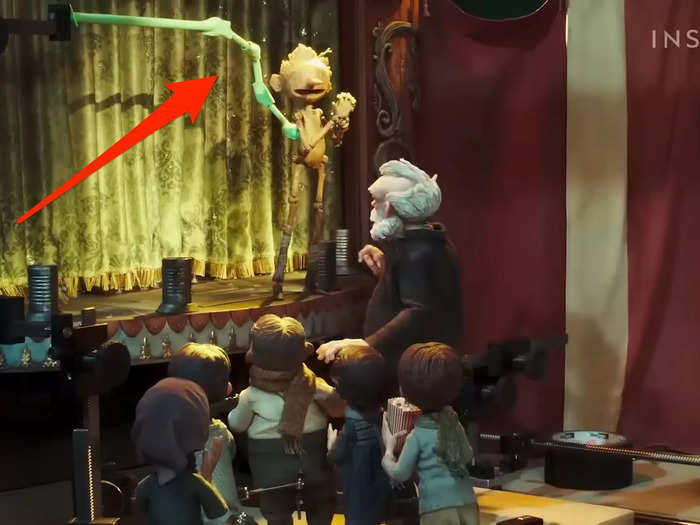
The rigs to hold the puppets up at times were green so they could be edited out in post-production. Movies Insider/YouTube
Rigs were also used to allow the cinematographers to be more ambitious with their shots. Attaching Carlos' rig to a camera allowed them to create the scene where the camera sways with him as he swings.
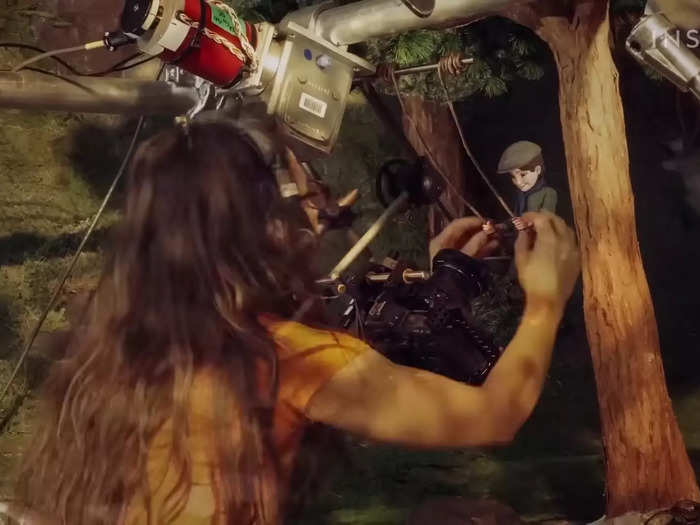
Carlos in "Pinocchio." Movies Insider/YouTube
The "Pinocchio" team also used VFX when needed, too, but they did not rely heavily on it. While computer-generated rain was used at times, this was complemented by the practical use of glycerin to make it look like there were droplets of water.
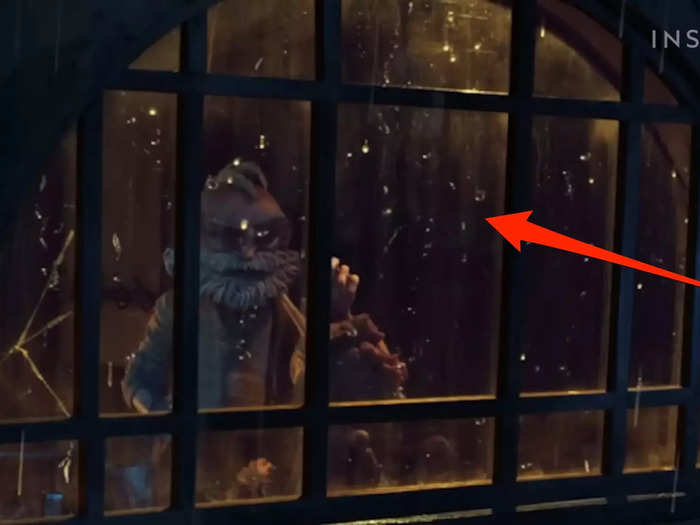
Computer-generated VFX helped play up the emotional content of the story. Movies Insider/YouTube
The handcrafted textures within the world of "Pinocchio" also help it feel extremely lifelike. Cloth material was used on both the puppets and the set, despite it being very tricky to animate in stop-motion.
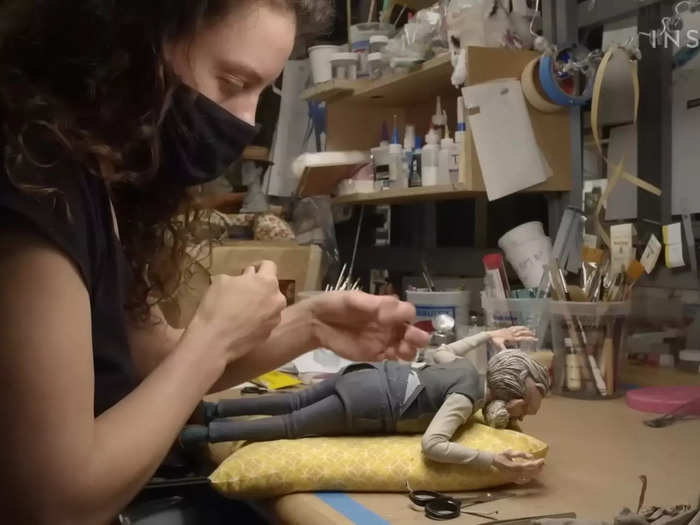
The "Pinocchio" team wasn't afraid to feature a lot of cloth. Movies Insider/YouTube
However, Hansen said they didn't obsess about making sure these elements looked perfect. Instead, they "wanted people to see that this is a real thing," and retain the handcrafted feel that makes stop-motion so special.
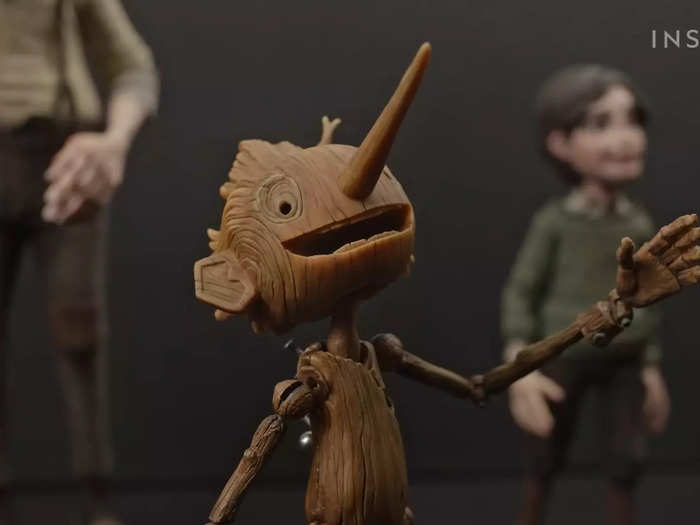
In the end, they achieved the lifelike quality of the film through perfectly imperfect animation. Movies Insider/YouTube
Popular Right Now
Popular Keywords
Advertisement